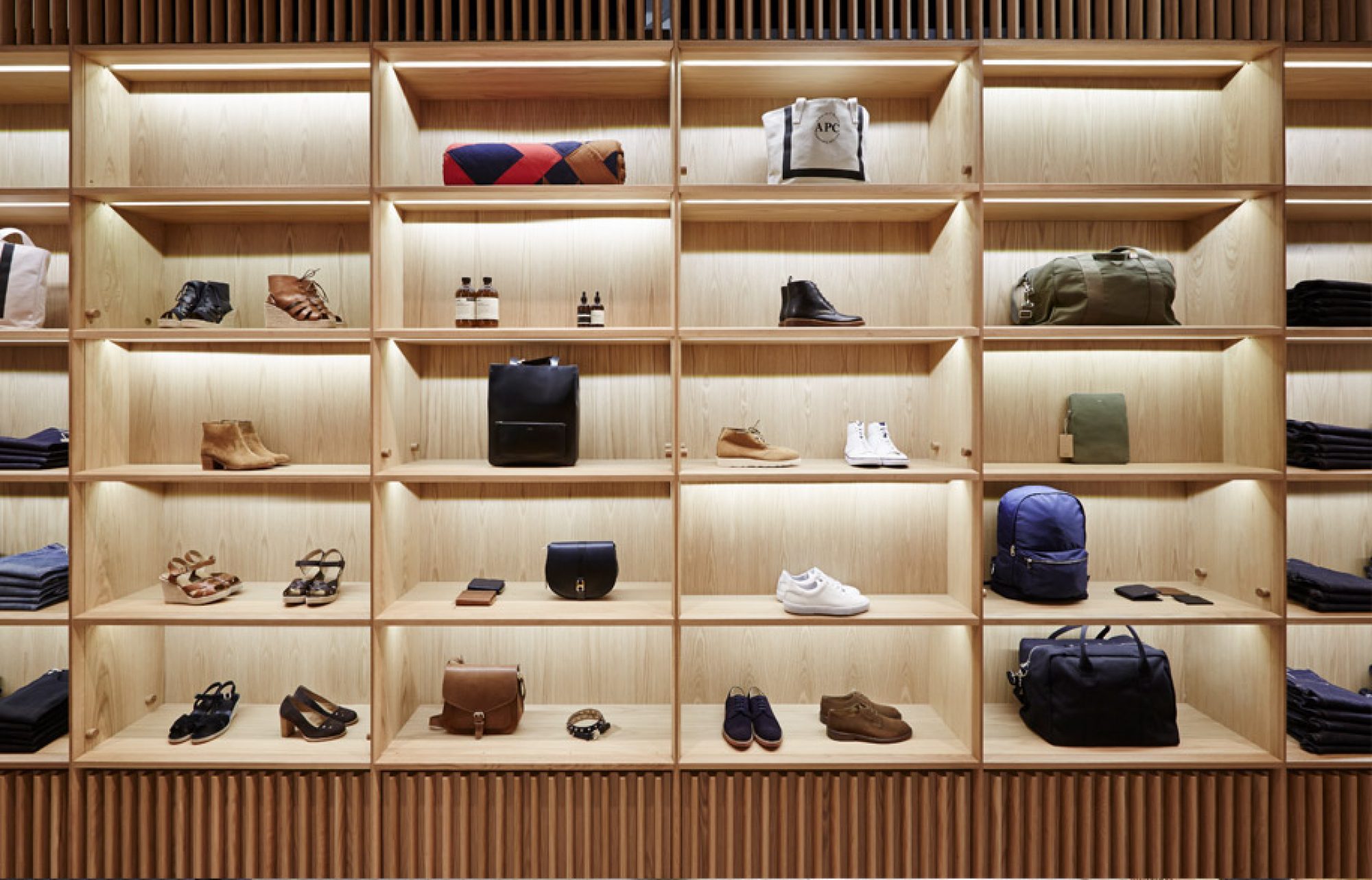Picture this; a shopper walks through an aisle, hands full to the brim with products, she stops and notices an item on a display that she is genuinely interested in purchasing, however, after a moment of frustration she walks out of the aisle and straight to the checkout, leaving the product that she almost purchased behind.
This is a common occurrence in many retail outlets. Shopping baskets are placed at the front of the store next to the checkout area or at the door. While this may work at the initial stage of the shopper’s journey, many shoppers who don’t plan to purchase more than a few items, don’t make use of the basket that is offered.
There are several opportunties for the brands and retailers to increase the basket spend of most shoppers, but, if the shopper can’t transport the items comfortably to the checkoout, she will leave the store without any impulse purchasing.
During a recent study that we conducted in a UK convenience store, we found that shoppers (especially males) tend to primarily shop by hand which means that their basket spend is limited.
By recommending that shopping baskets be placed inside of the store at the end of one of the fixtures, more shoppers made use of them, thereby increasing shopping times and ultimately basket purchase size.
